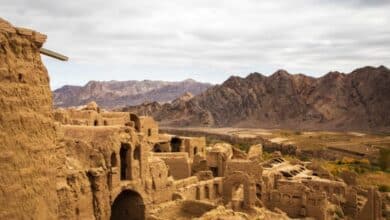Silk Road in Iran: Tracing Trade Routes and History
Silk Road: Where History, Commerce, and Culture Converge
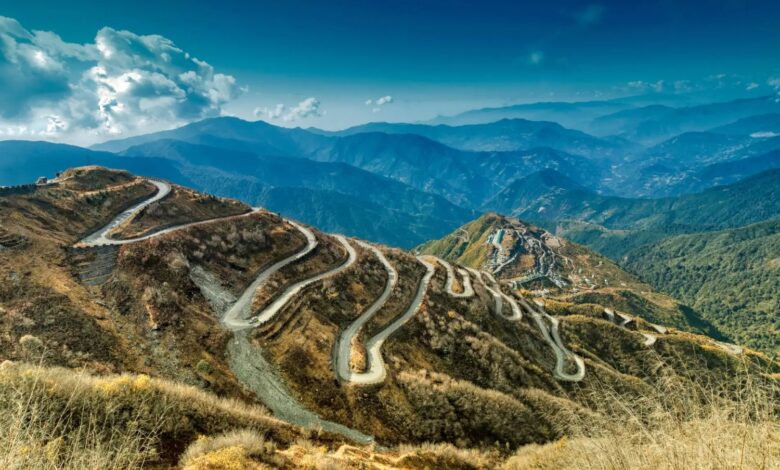
The Silk Road was one of the most important historical trade routes established during China’s Han Dynasty with the aim of establishing trade and commercial relations across Asia. During the Achaemenid period, around 500 BC, the Persian Royal Road was built in the heart of the Silk Road from north of modern-day Iran, extending into Central Asia and modern-day Turkey.
Interestingly, the name “Silk Road” was coined in 1877 by German geographer
Ferdinand von Richthofen.
Below, we’ll introduce you to this road in more detail and its route in Iran, some of the most important products exchanged along it, Historical Connections and the reasons behind its rise and fall in importance at different periods in history.
Contents
Tracing Trade Routes of the Silk Road in Iran

According to historical documents also confirmed by UNESCO, the route of the Iranian Silk Road connects to Iran along the east-west axis through modern-day Khorasan.
Pass through cities such as Tus, Nishapur, Sabzevar, Shahrood, Damghan, Semnan, and ancient Ray before reaching the city of Qazvin. It then branches in two directions.
Exchange of Cultural and Economic Products Along the Silk Road

As the name suggests, the main naming of this road comes from the fact that silk produced in China was exchanged to different countries and continents through this route.
But silk was not the only product exchanged; other important trade products along this path include paper and gunpowder, which were also invented by the Chinese.
In addition to silk, various economic products such as carpets, gems, jewelry, metals, textiles and spices were also traded on this road.
One of the most valuable interactions along this route was the cultural exchange.
In addition to transporting goods and commercial products, these roads also transported cultural resources such as art, religion, philosophy, technology, language, science, and architecture.
The Heyday of the Silk Road in Iran
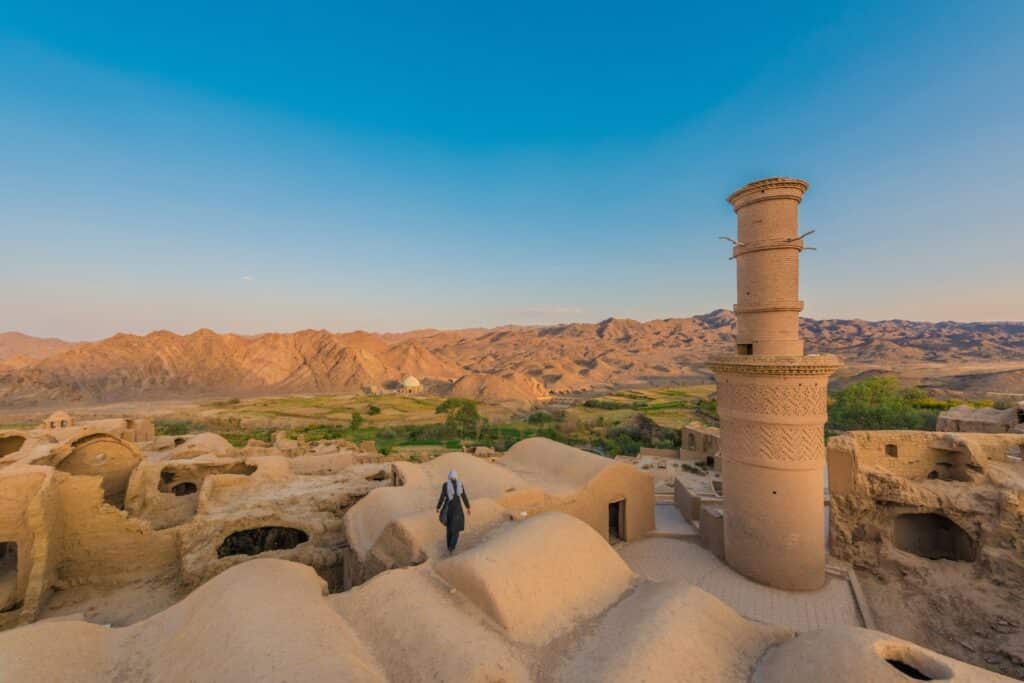
The Sassanian period witnessed a significant boom for the Silk Road. The exchange of valuables such as silk as well as carpets and jewelry reached its peak during this period. China was the most important exporting country to Iran.
It is interesting to note that tolls collected from caravans and travelers passing through the road were one of the main sources of income for the government.
Caravanserais were established to ensure the security of this road from bandits, providing accommodation for people.
Some of these caravanserais included Sharaf Caravanserai, Ahovan Caravanserai, Qoosheh Caravanserai, and Bisotun Caravanserai. Gradually, markets were established alongside the road in various cities such as Tabriz, Kerman, Isfahan and Yazd. It is worth mentioning that individuals like Marco Polo, who was a renowned merchant of that era and also had a travelogue, were engaged in commercial activities on this road and he has also traveled to Iran.
The Decline of the Silk Road
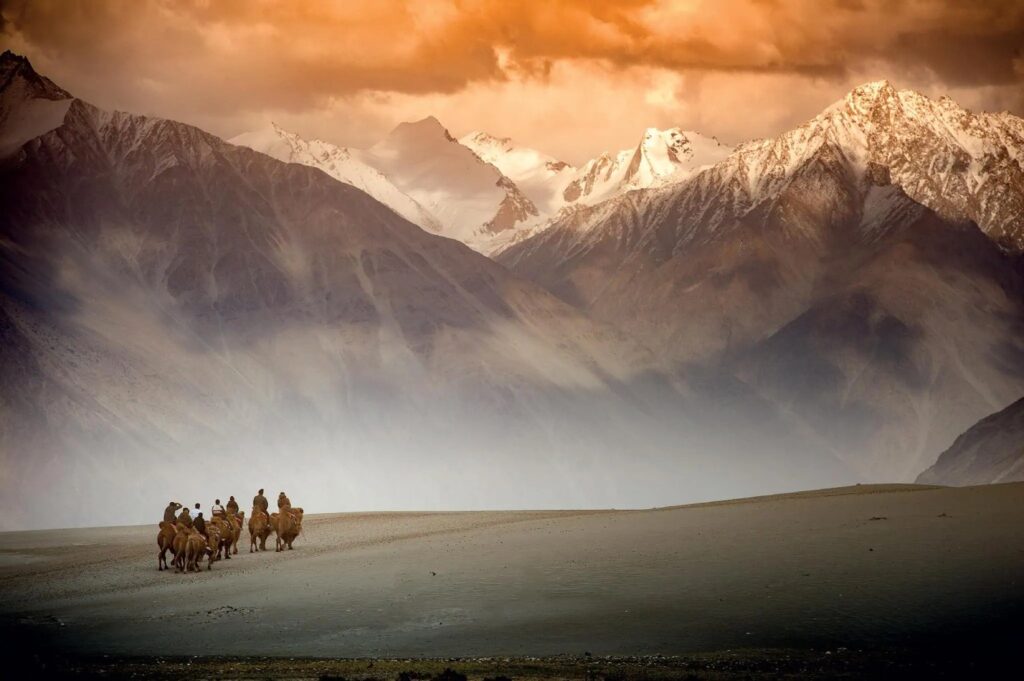
Until the end of the 15th century, the Silk Road was the world’s largest trade route. However, over time, especially after the Safavid period, the production of goods traded on this road became more widespread in other locations. For example, in the southern route of the Silk Road, products such as tea and horses were exchanged, but with the introduction of tea trade through maritime routes from India and Ceylon (Sri Lanka), the trade of these two important commodities on the Silk Road declined.
Other important factors that contributed to the decline of this road were wars, the construction of new roads and transportation links and the spread of the disease known as the Black Death, which reduced the importance of this road.
Efforts for the Revival of the Silk Road
During the Qin Dynasty in China, due to the Arab wars in the west, maritime trades increased, and with the invasion of the Mongols, commercial activities through China’s maritime route flourished. Eventually, during the Ming Dynasty in China, after the restrictions imposed by the emperor, maritime trade declined again and gradually Europeans took advantage of this opportunity, establishing their own trade routes and ships for the exchange of commercial goods.
Collection of Artifacts Related to the Silk Road
Based on archaeological research along the Silk Road, a collection of ancient artifacts from this trade route has been preserved and is now housed at the Hermitage Museum in St. Petersburg. Additionally, some of these objects were exhibited at an exhibition in Amsterdam in 2014.
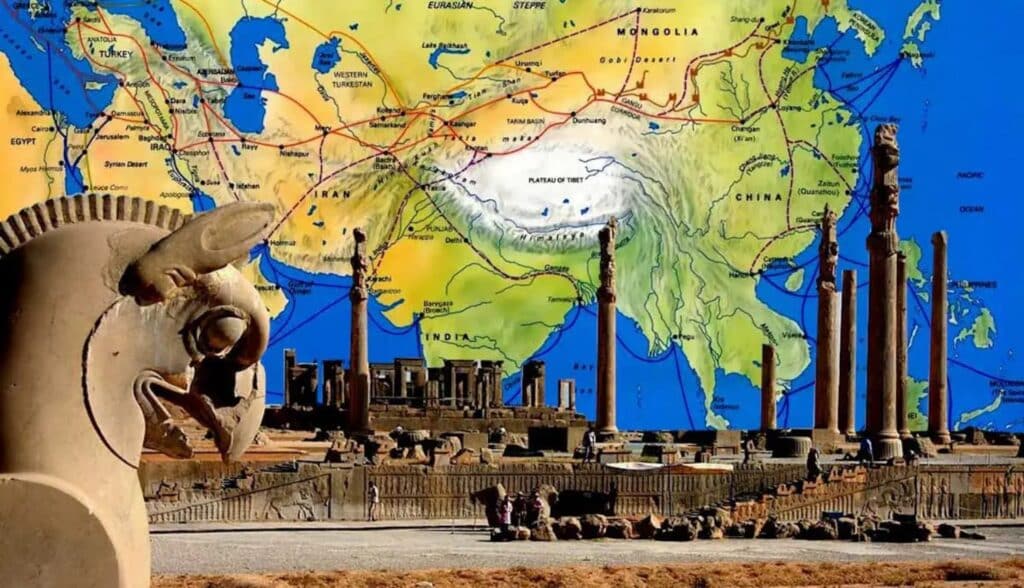
Iranian Research Centers for the Silk Roads
In Iran, there is a central research center called the Silk Road Research Center at Shahid Beheshti University in Tehran, which has produced a book titled “Iran: Bridge of Cultures on the Silk Road.” It is worth noting that numerous international scientific conferences and discussions on the Silk Road have been organized by this educational, scientific, and research institution.
In 2016, the World Assembly of Silk Road Cities started its activities in one of the caravanserais in the city of Qazvin, known as Saad al-Saltaneh. it is known as an international cultural, economic and tourism center in Iran, with the aim of fostering extensive cooperation among the countries along the Silk Road route.
The New Silk Road
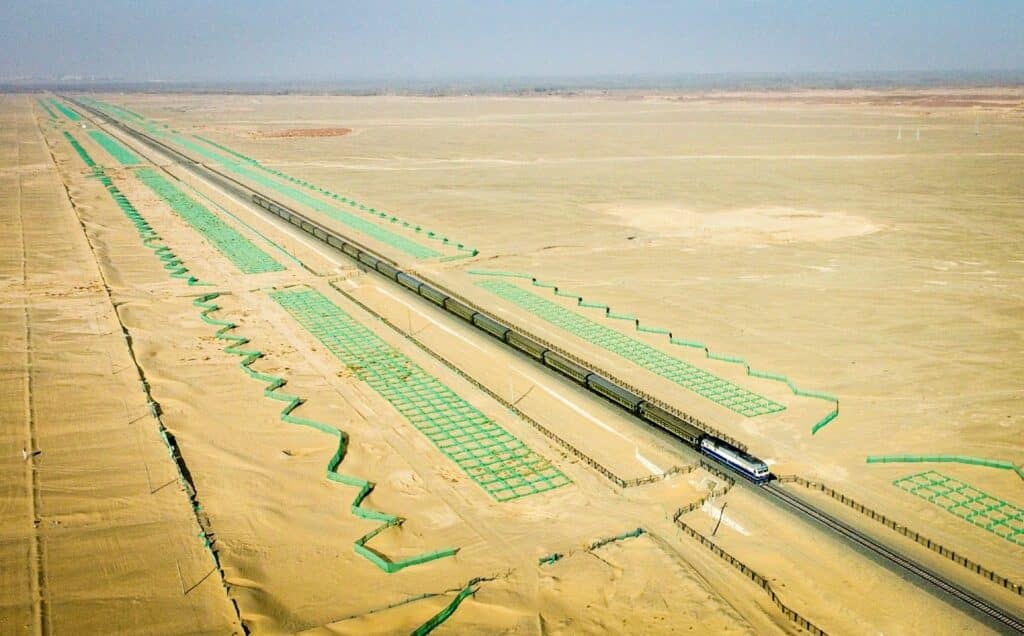
In 2017, a new version of the Silk Road “the Belt and Road Initiative”, was launched in the presence of leaders from 30 countries. However, it is different from the ancient Silk Road.
As a result of discussions during the meeting, the road was placed under Chinese control, allowing China to send Chinese products and goods to other continents such as Europe and Africa through this route. In addition to China, this road has made trade routes for three continents: Asia, Africa, and Europe, more accessible.
The current Silk Road has two trade routes: the “Silk Road Economic Belt” and the “Maritime Silk Road”. Since the establishment of this road, China has launched various projects such as ports, railways, highways, power plants, aviation, and telecommunications which have contributed to the prosperity of this road.
Book Iran Flights
Buy Iran flight tickets at the lowest price
Explore Iran’s culture and history with affordable and reliable flight tickets.
This article, titled “The Silk Road in Iran: Tracing Trade Routes and Historical Connections”, provided a brief introduction and explanation of important topics and events related to the Silk Road, especially in Iran.
During your trip to Iran, you can visit the aforementioned cities along the ancient Silk Road and enjoy witnessing the cultural and historical heritage of this era. We are very much looking forward to having you come to Iran.
What is the Silk Road in Iran?
The Silk Road in Iran refers to the historical trade routes that connected China and the Mediterranean region, passing through various regions of Iran. It facilitated the exchange of goods, ideas, and cultures between different civilizations.
What are some significant historical sites along the Silk Road in Iran?
Along the Silk Road in Iran, you can explore remarkable historical sites such as the ancient city of Persepolis, the UNESCO-listed Golestan Palace in Tehran, the Jameh Mosque of Isfahan, and the breathtaking ruins of the city of Rayen. These sites offer invaluable insights into Iran’s rich history and cultural heritage.
How can one experience the Silk Road in Iran today?
To experience the Silk Road in Iran today, you can visit cities like Tehran, Isfahan, Yazd, and Mashhad, which have preserved the essence of this ancient trading route. Explore bazaars, caravanserais, and architectural wonders that showcase the Silk Road’s influence. Additionally, engaging with local communities and participating in cultural events enables a deeper understanding of the Silk Road’s legacy in Iran.
Are there any Iran Silk Road Tours?
Yes, You can book Iran Silk Road tours via SURFIRAN



